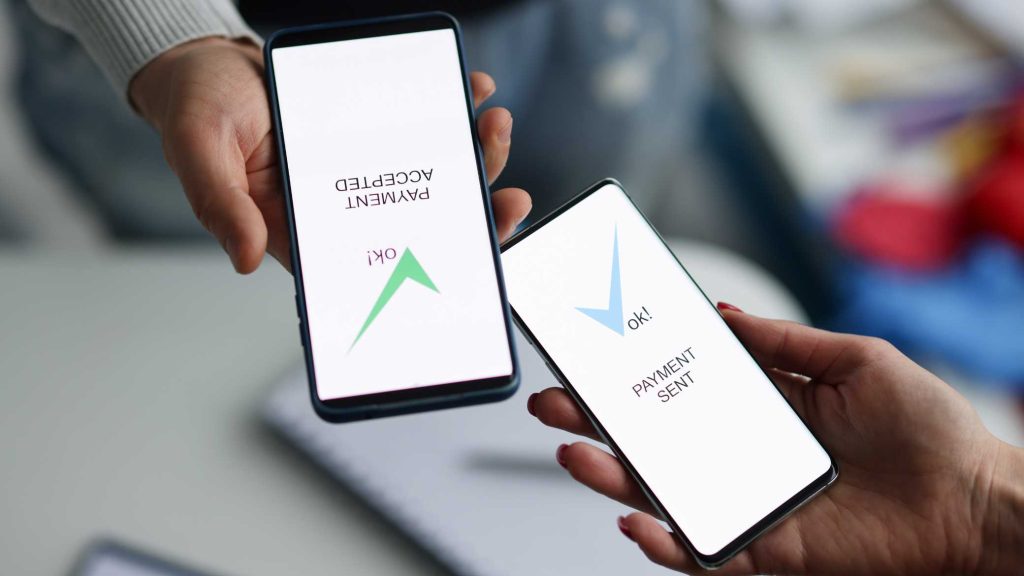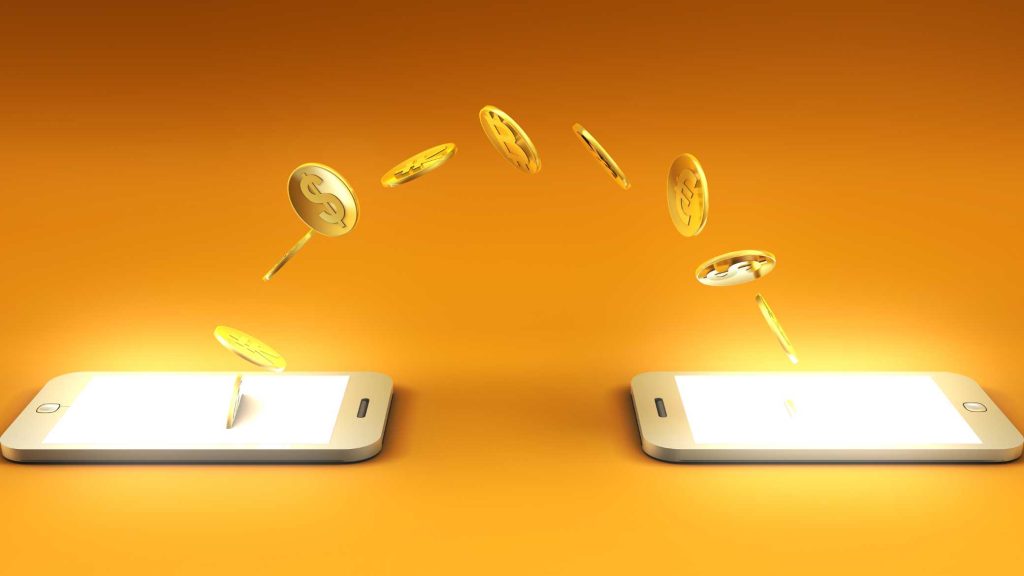UPI Payments : Now in New Form. Changes From Today – Comprehensive Guide 2024
UPI Payments : India’s digital payment landscape has undergone a revolution since the introduction of the Unified Payments Interface (UPI) in 2016. It wasn’t just a new way to transfer money; UPI was a movement, one that promised simplicity, security, and instantaneous transactions at a time when people still waited in lines at ATMs. Over the years, UPI has evolved into an emblem of India’s tech prowess, garnering attention from global financial systems. But as of today, UPI is making headlines again. This time, it’s for an impressive leap forward with new features designed to elevate the user experience further—features like automatic top-ups and PIN-free payments for small transactions.
Table of Contents
So, what makes UPI’s journey unique? How have these new features enhanced its functionality? And why is UPI now seen as a gold standard for digital transactions worldwide? To understand this, let’s journey through UPI’s evolution and the groundbreaking changes it has introduced today.
The Beginnings of UPI: Redefining Transactions in India

Back in 2016, digital payments were relatively rare. While people could transfer money via bank accounts, the process was often cumbersome and filled with delays. The National Payments Corporation of India (NPCI) decided to change this by launching the UPI system. They envisioned a seamless, universal platform where people could transfer money instantly with just a smartphone and an internet connection. Initially, UPI was slow to gain traction. But within months, major players like Google Pay, Paytm, PhonePe, and Amazon Pay entered the market, integrating UPI as a payment method and making it more accessible to the masses.
Also Read : Jio Finance Smart Gold Plan : Invest Just Rs 10 and Get Home Gold This Diwali
The first UPI apps were launched in August 2016, and adoption steadily grew. The technology appealed to the younger, tech-savvy generation, and soon the advantages of UPI were hard to ignore. By 2024, India has seen over 50 billion transactions made on UPI, a testimony to its convenience, security, and ability to empower small and large transactions alike.
How UPI Revolutionized Digital Payments with QR Codes
The initial UPI model relied heavily on phone numbers linked to bank accounts for transactions. But with UPI’s evolution, QR codes emerged as a game-changer. Suddenly, there was no need to share sensitive information like phone numbers to complete a transaction. QR codes brought ease, security, and a bit of excitement, as scanning these small black-and-white squares became the new normal in shops, markets, and even for street vendors.
Today, people can simply scan a code and make payments in seconds. This has been particularly transformative for small businesses, where transaction speed and convenience play a crucial role. QR codes have also significantly reduced security risks by allowing payments without needing to disclose personal contact information.
UPI’s Unstoppable Growth and Adaptation Across Borders

In eight years, UPI has become more than just a payment system; it’s a symbol of India’s innovation. This influence has transcended national borders, as countries around the world have taken notice. Nations like Singapore, Bhutan, UAE, and Nepal are exploring UPI’s potential, with India actively partnering to bring this model abroad. The adaptability of UPI’s technology for diverse economic environments and its ability to scale have made it an appealing export for countries looking to enhance their digital payments infrastructure.
As UPI spread internationally, it further reinforced India’s position as a leader in fintech. But the journey hasn’t stopped. Even as UPI flourished, NPCI continued working on improving the experience for millions of users, leading us to today’s game-changing updates.
Automatic Top-Up Feature: A Convenient Boost for UPI Lite
One of the newest updates is the automatic top-up feature, designed specifically for UPI Lite users. If you’re someone who frequently makes small transactions, this change is bound to be a game-changer. With this new functionality, UPI Lite can automatically reload a set amount if the balance falls below a specified level. This means you won’t have to interrupt your day to manually top up your balance for smaller payments.
For example, let’s say you often use UPI Lite for your daily commute or quick coffee runs. Instead of worrying about checking your balance before each transaction, you can now rely on UPI Lite to keep you topped up as needed. Plus, if you ever decide this feature isn’t for you, it’s easy to deactivate it via the PSP (Payment Service Provider) app, which will return any remaining balance to your bank account. This small, but mighty feature addresses a common pain point for users who rely on UPI Lite for everyday expenses.
PIN-Free Payments: A Step Toward Seamless Transactions

Another pivotal change rolling out today is the PIN-free payment feature for transactions below Rs 500, with the option to increase this limit to Rs 2,000. This means users can now complete small transactions without entering a PIN, saving time and making UPI more appealing for microtransactions. Imagine visiting a street vendor or paying a rickshaw fare—you can now scan and pay instantly without needing to input a PIN.
This change is particularly beneficial for small businesses and vendors, where speed and convenience can make a world of difference. By eliminating the need for PINs on smaller payments, NPCI hopes to encourage more people to make quick transactions on the go without hesitation. It’s a change that aligns with NPCI’s overarching mission to streamline digital transactions, making UPI as effortless as possible.
Advantages and Implications of the New UPI Features
The introduction of automatic top-ups and PIN-free payments brings several benefits, including a more efficient payment process, reduced transaction time, and an overall smoother experience for users. For the retail and service industry, it means faster checkouts and the potential for higher transaction volumes.
For users, these changes contribute to a more accessible and user-friendly experience. People who may have felt intimidated by digital payments or worried about technical issues can now rely on an even more reliable and simple interface. Plus, with the PIN-free transactions and auto-reload options, NPCI is addressing two critical user demands: convenience and security.
How These Changes Enhance UPI’s Role in India’s Economy
UPI has been central to India’s push towards a cashless economy and greater financial inclusion. By making payments more accessible, NPCI has opened up digital transactions to people who may have traditionally relied on cash. This shift has enabled small businesses to participate in the digital economy, leading to increased financial inclusion and economic growth.
With the new updates, UPI Lite is set to become even more popular. The PIN-free transaction feature is expected to increase the frequency of small digital transactions, encouraging both consumers and businesses to rely on digital payments over cash. This aligns perfectly with India’s economic ambitions to become a digital-first nation, reducing dependency on physical currency and fostering greater transparency in financial transactions.
UPI’s Potential as a Global Model for Digital Payments
India’s success with UPI has positioned it as a model for other countries exploring their digital payment systems. UPI’s international expansion underscores the robustness of its technology and the potential for similar systems to succeed elsewhere. Countries adopting UPI are looking to replicate India’s success, hoping to experience similar economic benefits, including increased financial inclusion and efficiency in transactions.
For India, this represents an opportunity to solidify its influence in the global fintech space. By sharing UPI technology, India can help other countries empower their populations with faster, safer, and more efficient digital transactions, reinforcing UPI’s standing as a trailblazer.
UPI Payments – Conclusion:

From its modest beginnings in 2016, UPI has come a long way. It started as an attempt to modernize India’s digital payment system but has since evolved into a globally recognized fintech innovation. Today’s updates—automatic top-ups and PIN-free payments for small transactions—underscore NPCI’s dedication to continuous improvement. By keeping UPI relevant and responsive to users’ needs, NPCI has not only solidified UPI’s place in India’s economy but has also made it a model that other nations seek to adopt.
Buy Now : Ecommerce Website With 100 Products
These changes are more than mere updates; they represent a philosophy of inclusion, convenience, and empowerment for millions. As UPI continues to grow and adapt, it is clear that the future of digital payments is bright, not only in India but around the world.
Keywords : UPI Payments – UPI Payments 2024 – UPI Payments 2025 – UPI Payments Changes



